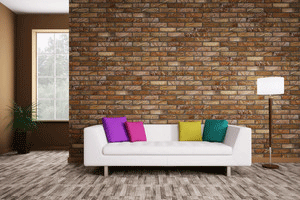Photos with quite two walls can create an ungainly and distorted image unless you’re careful with adjusting the extent and remain mindful of the lines from other items within the room.
If you want to take a photograph with three walls, then check the alignment of all items within the viewfinder before releasing the shutter. As long because the items are aligned and therefore the camera is positioned at the correct level, breaking the ‘Rule of Thirds’ is permissible.here are many well versed Architecture Photographer London in London, UK.
Avoid Dramatic Lines
For professional quality photos, keep vertical lines properly aligned while shooting. Avoid pointing down or up to confirm proper alignment.

Check your lines through the viewfinder before releasing the shutter. For an excellent level, shoot about 5′ from the ground.
Minimize Extreme Angle Shots
Limit extreme shots to avoid photo distortion. Space won’t be clearly represented thanks to severe angling. While having extreme shots can add interest and drama, they have a tendency to distort the image and make distractions from the particular space.
Variety Of Scales
To capture the story of the inside and therefore the impact of its colors and textures, experiment with a spread of scales. Wide shots can create a dramatic impact, while vignettes of small areas or decorative pieces can create a sense of heat and familiarity.
Opt for a 16-35mm lens on full-frame cameras or a 10-24mm lens on cropped sensor cameras. Alternate wide shots and detail shots within your set to capture the intricate details within the space.
Take Advantage Of All Lighting Sources
Plan your shoot with the correct lighting in mind. to form the foremost of natural light sources, schedule your shoots at either early within the morning or within the late afternoon before sunset.
Make use of all artificial and natural light. Open the shades and switch on all lighting fixtures to make an inviting warm atmosphere.
Aside from natural and artificial light, a straightforward off-camera flash will make it easy to feature necessary light.
While natural lighting is right, you will need artificial light to enhance the standard of the shot. the correct lighting will convey the required emotion and atmosphere to feature life to the shot, bring out the colors, and improve contrast. Lighting will improve the impact and mood of the portrait, even for interiors and architecture.
Do not limit yourself to HDR, because you’ll limit the technical lighting options, especially in images with high-contrast. Once you learn the way to manage natural light and add your own lighting, the image is going to be more balanced.
Use a Flash
Using a flash indoors will help rid shadows around the room and balance the exposure of the portrait.
Simply place the flash on a stand or tripod and position it some feet faraway from the camera. The flashes should accent and slightly far from the space to bounce light off the scale of the space and illuminate the space with soft and evenly distributed light.
When working with a flash, select a flash unit that enables you to regulate the flash strength. Start by setting the flashes at half power and do a test shot first.
Set The Right Temperature
Different light sources cast various levels of sunshine temperatures, so counter the fluctuations in light temperatures by using an auto white balance. If you utilize auto white balance, you’ll be able to make easily make adjustments when editing to either warm-up or relax the areas that require to be adjusted.

